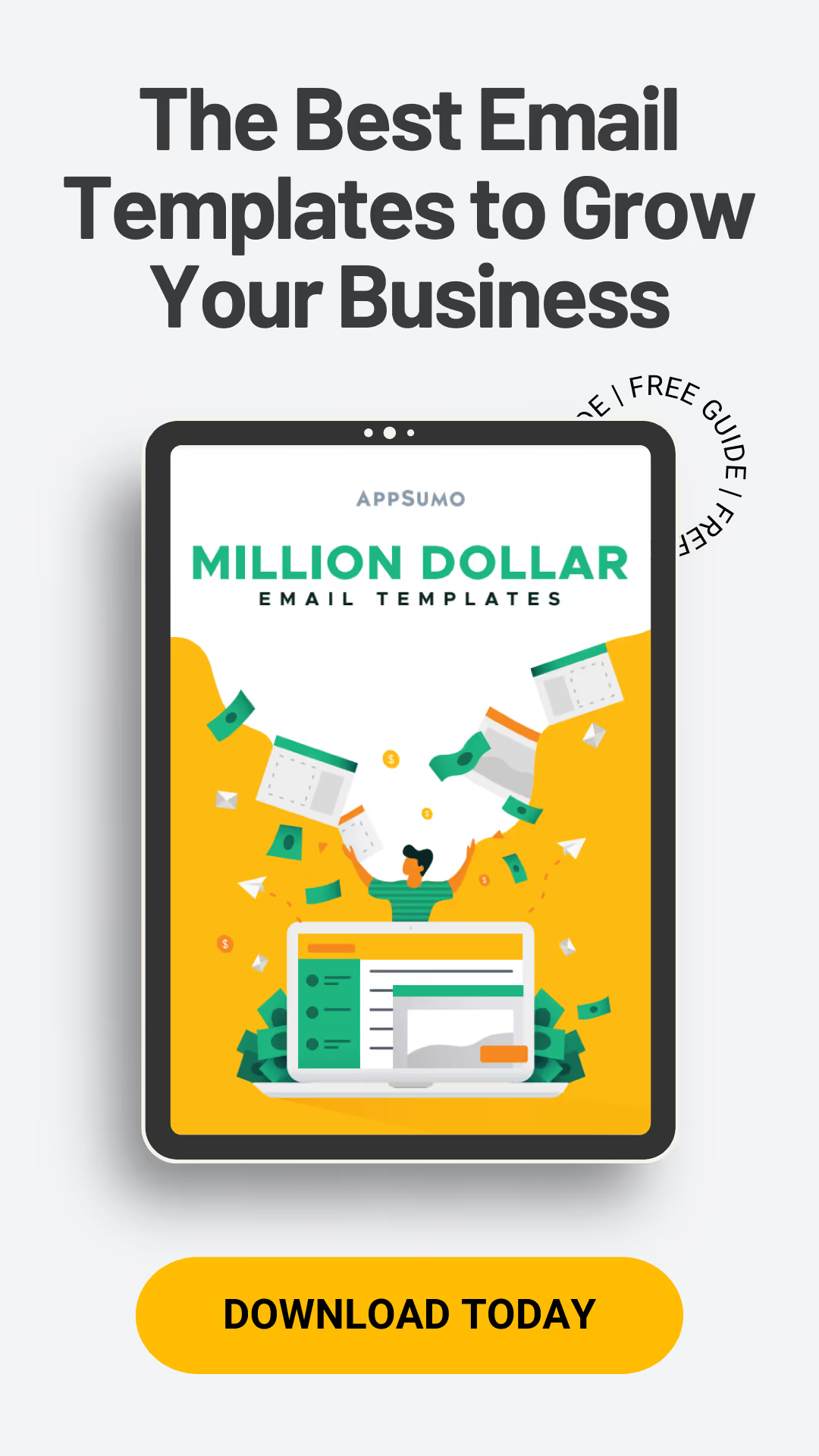The past few months have undoubtedly taught us many things, but if there’s one takeaway we can all agree upon it’s that many aspects of our lives can actually be done online. Grocery shopping, conference calls, and workout classes have all moved online. More surprisingly, social gatherings like happy hours and weddings have also made the digital jump.
Naturally, many independent business owners, creators, coaches, and entrepreneurs are using this time to explore options to take their business (or idea for a business) online, namely through online courses and online learning.
Although online courses have certainly found their time to shine these days, they’re actually nothing new for Teachable. In fact, we’re kind of experts in the knowledge business with more than 100,000 creators who’ve sold $500 million+ in online courses and coaching in a little over six years.
With all that know-how, we understand the initial fears that come with online course creation, especially your first course. Luckily, we’ve narrowed down seven sure-fire ways to help creators take their knowledge, business, and passion online.
1. Start With Ideation
If you already know exactly what you want to teach, great! But more often than not, creators are still looking to narrow down their ideas or hone in on a certain course topic under their skillset.
Good questions to ask yourself during the ideation process is:
- What are your passions? Perhaps you’re the happiest when you’re trellising plants in your garden or showing your neighbor how to set up a home sound system. Remember: An online course doesn’t have to be restricted to your day job.
- What are your skills? Broaden your mind here. Whether they’re hard or soft skills, old or new skills, everyone has a knack for something. Worried someone else teaches the same thing? Don’t be. Your voice and perspective will be what sets your course apart.
- What is one area that you’re a total pro in? Family reunion photographer? Expert cat whisperer? You never know what hidden talent or subject matter expertise could lead to a profitable course idea.
A lot of times, just brainstorming these can lead to that lightbulb moment. To get started, Teachable created a little worksheet that can actually help you narrow down your idea.
Lauren, the creator of Hom Sweet Hom, started her lettering course because she viewed lettering as “a creative escape from the hustle and bustle of everyday life.” It serves as the perfect example of an idea or hobby that could turn into a profitable online course.

2. Set Revenue Goals
Yep, set those revenue goals early so you know how much you want to make prior to even making a single sale.
What’s more, never be afraid to price your course at a high-value price point. After all, your time and knowledge are valuable. Plus, setting your course price at a premium means you can spend more time targeting a smaller student base and hit your income goals quicker.
The one thing to note when setting revenue goals is to be concrete. Don’t just say you want to make money. Instead, set a real monetary goal and work to create a valuable course that you can charge a premium for and target the perfect audience who will purchase it.
3. Find the Perfect Audience
For those who have a solid target audience base either on an email list, social media, video, or blog, the job is a little easier. To grow your email list, consider your lead magnet. This can come in a variety of forms, but at the end of the day, you want to present your potential student with some content value in exchange for their email.Consider:
- Giveaways
- Access to an ebook, PDF, or content download
- Membership to a community (or even a Facebook group)
- Even a mini-course (which Teachable allows you to create seamlessly alongside your full course or coaching session!)
This mini-course from The Basic Filmmaker gives just a glimpse into the types of content the creator Kevin has to share. It’s the perfect way to draw in a specific audience.

Teachable goes more into how to build your email list before launching your online course here, but just remember: Spending time targeting your audience now can help make for an easier and more successful launch later.
4. Name Your Price
We already alluded to how important it is to nail the price point of your course, but let’s drive it home: Pricing is important! Here’s exactly why:
- Selling courses at a lower price point means you have to enroll more students in order to hit your revenue target.
- Charging a premium price communicates value—one that students will be motivated to see a return on.
- A smaller group of students is often easier to manage at launch and can actually lead to a better learning experience. And happy students can make for great referrals.
We go more into exactly how to price your course and with Teachable, you can add pricing tiers, set up payment plans, and easily offer upsells. As long as you create high-value content that your students can’t say no to—people will be willing to pay.

Hom Sweet Hom offers three courses, all of which are priced competitively, thus indicating their value and premium content. This also helps the creator focus on attracting fewer, yet quality, students.
5. Set Up an Enticing Sales Page
Consider this your biggest opportunity to convert casual visitors to paying customers. So, it’s kind of important to get it right!
When using Teachable to launch your course, we make it very easy to launch your course sales page—even if you’re still in the midst of your course creation process. When thinking of your sales landing page, consider a few key elements to alert potential students of what they can expect from your course and the transformation they’ll receive after completing your course. Include the following:
- Your course title: This should be pretty obvious, but you want your course title to be simple, straightforward, and sellable.
- An accurate description: Go on and spill the details. Here is where you should go into details about what your course can offer and who it’s right for. Consider a short screen recording to give your potential students a glimpse of the course material.

- FAQs: Address any questions potential students may have such as money-back guarantees, how long it takes to complete the course, access and pricing questions, etc.
- Testimonials: Let the people hear from happy campers! Offer up some great testimonials, referrals, or case studies if you have them.
- Call to action (CTA)/Buy button: Never make it hard for a student to make a purchase. Make this enticing and easy to find, so you can start bringing in the sales.
And, yep, Teachable’s sales page editor makes creating a sales page that converts easy and intuitive, so we’ve got you covered on all of the elements you need.
6. Create Your Content
What’s an awesome online course without content, right? You may be tempted to create all your content at once in the very beginning, but trust us, you don’t need to!
Start by mapping out your course idea, step by step, so students know what it’ll take to accomplish your course’s transformation—and go from there. From your course outline, break up the course into sections to make it easier to digest.

Now, when it comes to actually creating your content, well anything goes. Teachable allows you to upload:
- Text
- Powerpoints
- Presentations or downloadable content
- Videos
- Audio
The method you choose to deliver your course information is entirely up to you, but generally, we’ve seen creators achieve the most success in some combination of the above.
7. Ready, Set, Launch
And now for the main event. It can be easy to panic right before this big moment, but by breaking your launch up into two phases, you can ensure an easy and hopefully, stress-free launch.
- Phase one: Education: Start building up excitement, offering giveaways, generating demand, and understanding of the value of your course. This can be done in any number of ways through email marketing, social media, cross-promotion—you get the picture.
- Phase two: Selling: Pretty obvious, right? The selling phase is when you actually open up your course to receive sales. Again, you can go about opening up your course to sales any way you want, but at Teachable, we have a signature email sequence we encourage creators to use to sell to their students.
Start Creating Your Online Course
At the end of the day, creating an online course — even your first online course — comes down to tapping into what you know and taking the leap to share it. Whether you already have an audience or a thriving offline business or you are simply itching to share your deepest passion with others, you can be a course creator.
With a course platform like Teachable, you can build your online business with courses and more (our creators are even seeing the value in online coaching as well!), but more importantly, you can tailor it to be just how you want from the design template to your pricing tiers to even the drip content you release along the way.




